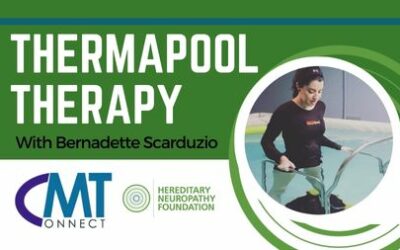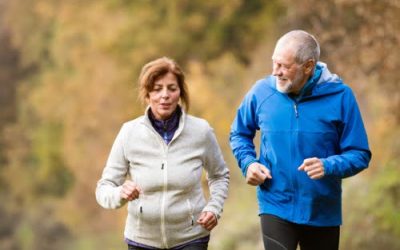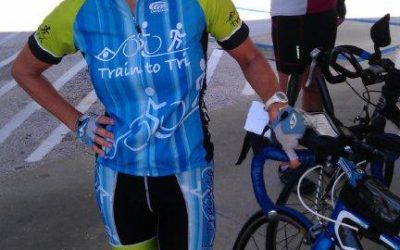Following are the most frequently asked questions about Exercise for people with CMT. You can also search our Articles for “Exercise” to get the most recent published information from our staff and collaborating expert, Dr. Robert Chetlin, PHD, CSCS, CHFS at West Virginia University School of Medicine.
Is there a special diet that supports an exercise regimen for people with CMT?
Young and old persons with CMT like otherwise healthy people require additional food and nutrients to support increased activity and optimal body composition. For information on foods that provide energy for activity and help muscle integrity and recovery.Also recommended: Foods that help muscle recovery
Is there any research to support the idea that people with CMT should engage in exercise and physical training?
The evidence in this field continues to grow and this is an area that is getting a lot of attention presently. While we search for a cure, we need to think about what will help us treat and manage the disease right now! Dr. Robert Chetlin recently gave a presentation about exercise for people with CMT.
Should children and teens with CMT exercise, participate in physical education, play active games, etc.?
The same organizations that support regular exercise and activity for most adult CMT patients, also encourage regular exercise and activity for children with CMT. As with adults, we are learning that it is crucial for most kids with CMT to stay as active as possible. In fact, since function is likely highest in CMT children versus CMT adults, the clinical science indicates that regular exercise and activity may preserve physical ability into adulthood versus the absence of regular exercise and activity. Exercise and physical activity benefits kids with CMT on multiple levels, including the joy of playing with peers, keeping muscles strong, and avoiding additional disease risk associated with an inactive lifestyle, such as heart disease, obesity, and type 2 diabetes. Also recommended: Benefits of Exercise for Kids with CMT
Should people with CMT engage in exercise, physical training, or other?
The clinical literature indicates that most CMT patients, whom are capable, should regularly participate in exercise and activity. Previous recommendations advised patients to avoid exercise, because risk of additional injury or disability was deemed too high. This is certainly not the case today. In fact, several prominent allied health organizations and agencies endorse exercise and activity prescription, when appropriate, as standard clinical operating procedure in the management of chronic disease, like CMT. These groups include the American Medical Association, the American Heart Association, the American College of Sports Medicine, the United States Department of Health and Human Services, and the Office of the United States Surgeon General. There is a pretty sizeable body of evidence that exercise for people with CMT not only won’t hurt, it actually has the potential to improve functional ability, independence, and quality-of-life. Some researchers are even looking into the possibilities that some CMT patients may exercise at higher intensities of effort and that exercise may stop or reverse muscle atrophy.
Thus, physical activity is likely very important for people living with CMT. It is also very important that an exercise program be developed with advice from informed professionals, such as physical therapists, occupational therapists, orthopedists, and exercise physiologists, who are familiar with the disease and knowledgeable about the best exercise and activity programs to help patients on an individual basis.
We also recommend that you read the United Nations commentary on the general benefit of exercise for all noncommunicable diseases in our recently published article about Exercise and CMT.









Would love to see exercises appropriate for women with CMT
Great information. Thank you.
Please forward newsletter. Interested in exercise regimen